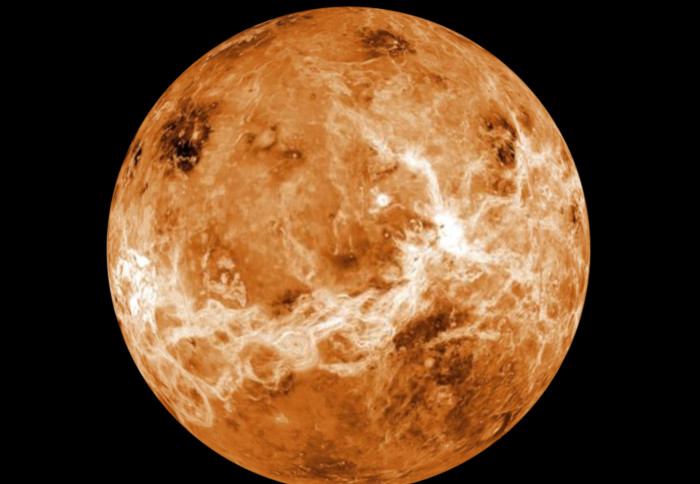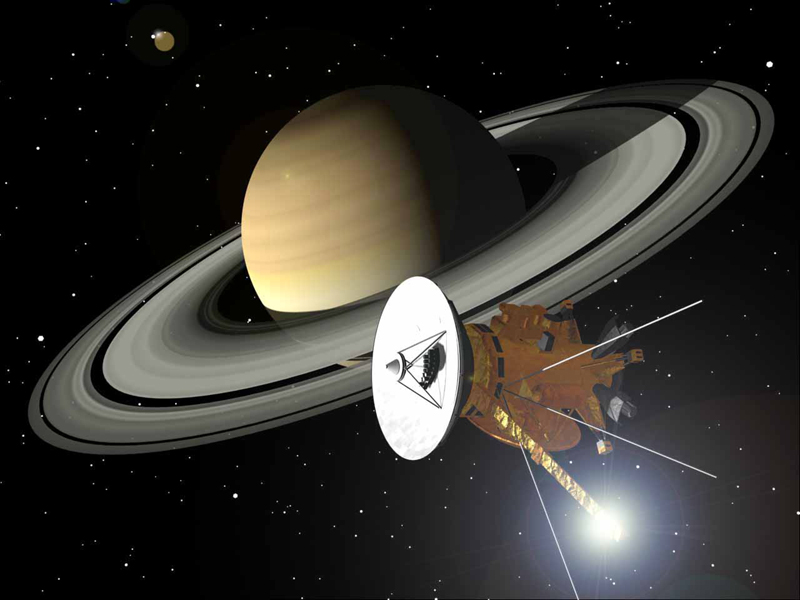Search for Earth's Twin – book review

Years ago, if you weren't serious about being an astronomer, a good career-killer would have been hunting for exoplanets, planets orbiting stars other than the Sun. Of the few claims to have discovered such a planet, none stood up to scrutiny – sunk without trace, except for the residual embarrassment of the “discoverer”.
Today the search for exoplanets is no longer a Cinderella alone in the kitchen, but rather a Cinderella who's the belle of the ball. It began with the excitement of finding planets, but by now there are so many known exoplanets, the race is on to find an earthlike planet. In The Search for Earth's Twin, Stuart Clark tells this story from the very first exoplanet discoveries.
The story
The story begins by introducing someone who was to overcome personal obstacles to become perhaps the most prominent name in the exoplanet search game: Geoff Marcy. (This looked like a good idea at the time, but I'll come back to it later.)
You can't find a planet in the glare of a distant star just by pointing a big telescope at it. So the book explains the indirect methods of detection, and how astronomers collected the evidence, refined their instruments, and interpreted the data collected. This is interwoven with an introduction to the main players and their contributions.
Swiss astronomers Michel Mayor and Didier Queloz were looking for brown dwarfs, a hot topic in the 1990s. A brown dwarf is a failed star, massive enough to be on its way to stardom, yet not massive enough to sustain nuclear fusion. But what they found was a planet orbiting a sunlike star, the first ever discovered. Astronomers and the public were interested, but confused, because the planet was a giant orbiting its star closer than Mercury does to the Sun. It was the first known hot Jupiter.
As more and more planets were found, people realized there were a lot of planets out there, but a major limitation on finding them was Earth's atmosphere. So space missions were proposed.
One of the space missions the book chronicles was the highly successful Kepler mission that discovered over two thousand exoplanets. It detected the minuscule decrease in a star's light when a planet moved in front of it. This spacecraft needed three reaction wheels to position the telescope for precise pointing. Sadly, the mission ended prematurely when one reaction wheel – and then the spare wheel – failed. (More about this later.)
Planning space missions turns out to be subject to politics and infighting. It's fascinating, if not exactly edifying. The science is important, but with a mission you can sell to politicians and the pubic, there's a better chance of getting it to fly. This is one factor that has refined exoplanet hunting into an emphasis on finding earthlike planets.
Since the book's theme is the search for Earth's twin, it concentrates on discoveries relating to ever smaller planets, especially terrestrial planets in a star's habitable zone. This is the region around a star in which liquid water could exist. Alas, they're turning out to be less common than hoped, making our Solar System seem more unusual than we'd thought.
Always too soon to end
In a rapidly changing field, things can change after a book is published. In fact, it's surprising how much can change just in the time between the publisher getting a book and the public getting it. Here are examples in The Search for Earth's Twin.
Future missions
The book describes relevant future missions. So far, none have been cancelled, but their launch dates are later than originally planned. For example, ESA's CHEOPS (CHaracterising ExOPlanets Satellite) wasn't launched in 2017, but should go early next year. [I'm writing this in October 2018.] I noticed that Clark was sensibly cautious about NASA's James Webb Space Telescope (JWST), describing its launch as “in 2018 or later”. In March 2018 the date was put off until 2020, but now it's 2021.
Sad news
If this book had been written a few years later, Geoff Marcy wouldn't have been in the spotlight. His discoveries would still be featured, for he was the Big Name in exoplanet discoveries. But in 2015 he was in the news for a different reason – a history of sexual harassment. He resigned from his professorship at the University of California, Berkeley.
Glad news
Yes, the Kepler mission had ended prematurely, but the book just missed Kepler's resurrection. It became the K2 mission in November 2013. Engineers had worked out a clever way of stabilizing the spacecraft using the Sun as the “third wheel”. In addition to looking for exoplanets, K2 has also been collecting a variety of other data.
Worth reading?
One thing you want in a nonfiction book is a knowledgeable author. Stuart Clark has the credentials – PhD in astrophysics, academic experience, and fellow of the Royal Astronomical Society. You also want a good writer. Clark is an experienced science journalist and communicator. He's the author of a number of popular books on astronomy, including some novels.
The themes of the book – the science and the scientists – are brought together in an appealing narrative that is explanatory without becoming overly technical. Good stories can be made tedious by so-so writers, but The Search for Earth's Twin is a good read by someone who knows his stuff and how to tell a story.
Stuart Clark, The Search for Earth's Twin, Quercus, 2017
Note: I bought a copy of The Search for Earth's Twin with my own funds.
Today the search for exoplanets is no longer a Cinderella alone in the kitchen, but rather a Cinderella who's the belle of the ball. It began with the excitement of finding planets, but by now there are so many known exoplanets, the race is on to find an earthlike planet. In The Search for Earth's Twin, Stuart Clark tells this story from the very first exoplanet discoveries.
The story
The story begins by introducing someone who was to overcome personal obstacles to become perhaps the most prominent name in the exoplanet search game: Geoff Marcy. (This looked like a good idea at the time, but I'll come back to it later.)
You can't find a planet in the glare of a distant star just by pointing a big telescope at it. So the book explains the indirect methods of detection, and how astronomers collected the evidence, refined their instruments, and interpreted the data collected. This is interwoven with an introduction to the main players and their contributions.
Swiss astronomers Michel Mayor and Didier Queloz were looking for brown dwarfs, a hot topic in the 1990s. A brown dwarf is a failed star, massive enough to be on its way to stardom, yet not massive enough to sustain nuclear fusion. But what they found was a planet orbiting a sunlike star, the first ever discovered. Astronomers and the public were interested, but confused, because the planet was a giant orbiting its star closer than Mercury does to the Sun. It was the first known hot Jupiter.
As more and more planets were found, people realized there were a lot of planets out there, but a major limitation on finding them was Earth's atmosphere. So space missions were proposed.
One of the space missions the book chronicles was the highly successful Kepler mission that discovered over two thousand exoplanets. It detected the minuscule decrease in a star's light when a planet moved in front of it. This spacecraft needed three reaction wheels to position the telescope for precise pointing. Sadly, the mission ended prematurely when one reaction wheel – and then the spare wheel – failed. (More about this later.)
Planning space missions turns out to be subject to politics and infighting. It's fascinating, if not exactly edifying. The science is important, but with a mission you can sell to politicians and the pubic, there's a better chance of getting it to fly. This is one factor that has refined exoplanet hunting into an emphasis on finding earthlike planets.
Since the book's theme is the search for Earth's twin, it concentrates on discoveries relating to ever smaller planets, especially terrestrial planets in a star's habitable zone. This is the region around a star in which liquid water could exist. Alas, they're turning out to be less common than hoped, making our Solar System seem more unusual than we'd thought.
Always too soon to end
In a rapidly changing field, things can change after a book is published. In fact, it's surprising how much can change just in the time between the publisher getting a book and the public getting it. Here are examples in The Search for Earth's Twin.
Future missions
The book describes relevant future missions. So far, none have been cancelled, but their launch dates are later than originally planned. For example, ESA's CHEOPS (CHaracterising ExOPlanets Satellite) wasn't launched in 2017, but should go early next year. [I'm writing this in October 2018.] I noticed that Clark was sensibly cautious about NASA's James Webb Space Telescope (JWST), describing its launch as “in 2018 or later”. In March 2018 the date was put off until 2020, but now it's 2021.
Sad news
If this book had been written a few years later, Geoff Marcy wouldn't have been in the spotlight. His discoveries would still be featured, for he was the Big Name in exoplanet discoveries. But in 2015 he was in the news for a different reason – a history of sexual harassment. He resigned from his professorship at the University of California, Berkeley.
Glad news
Yes, the Kepler mission had ended prematurely, but the book just missed Kepler's resurrection. It became the K2 mission in November 2013. Engineers had worked out a clever way of stabilizing the spacecraft using the Sun as the “third wheel”. In addition to looking for exoplanets, K2 has also been collecting a variety of other data.
Worth reading?
One thing you want in a nonfiction book is a knowledgeable author. Stuart Clark has the credentials – PhD in astrophysics, academic experience, and fellow of the Royal Astronomical Society. You also want a good writer. Clark is an experienced science journalist and communicator. He's the author of a number of popular books on astronomy, including some novels.
The themes of the book – the science and the scientists – are brought together in an appealing narrative that is explanatory without becoming overly technical. Good stories can be made tedious by so-so writers, but The Search for Earth's Twin is a good read by someone who knows his stuff and how to tell a story.
Stuart Clark, The Search for Earth's Twin, Quercus, 2017
Note: I bought a copy of The Search for Earth's Twin with my own funds.
You Should Also Read:
Searching for Exoplanets
Exotic Exoplanets Tour
Exoplanets - Hottest, Darkest, Oldest

Related Articles
Editor's Picks Articles
Top Ten Articles
Previous Features
Site Map
Content copyright © 2023 by Mona Evans. All rights reserved.
This content was written by Mona Evans. If you wish to use this content in any manner, you need written permission. Contact Mona Evans for details.







